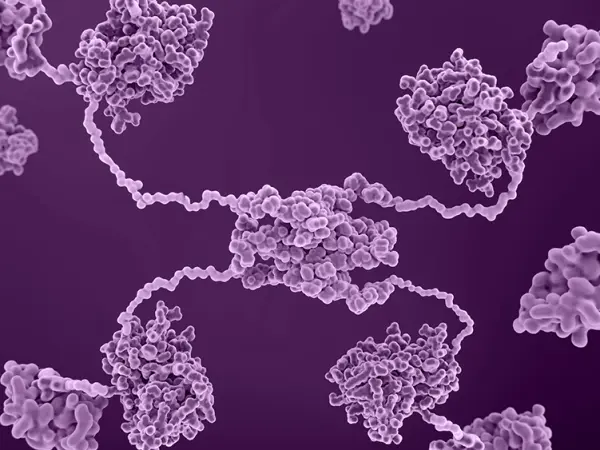All content on this site is intended for healthcare professionals only. By acknowledging this message and accessing the information on this website you are confirming that you are a Healthcare Professional. If you are a patient or carer, please visit the MDS Alliance.
The mds Hub website uses a third-party service provided by Google that dynamically translates web content. Translations are machine generated, so may not be an exact or complete translation, and the mds Hub cannot guarantee the accuracy of translated content. The mds and its employees will not be liable for any direct, indirect, or consequential damages (even if foreseeable) resulting from use of the Google Translate feature. For further support with Google Translate, visit Google Translate Help.
Now you can support HCPs in making informed decisions for their patients
Your contribution helps us continuously deliver expertly curated content to HCPs worldwide. You will also have the opportunity to make a content suggestion for consideration and receive updates on the impact contributions are making to our content.
Find out more
Create an account and access these new features:
Bookmark content to read later
Select your specific areas of interest
View MDS content recommended for you
MDM2 inhibitors
TP53 inactivation can occur by different mechanisms, such as MDM2/MDMX upregulation and downstream effects of NPM1 and FLT3 mutations; therefore, the targeting of these pathways is being investigated in the clinical setting. Blocking the MDM2-TP53 interaction with inhibitors, such as idasanutlin, KRT-232, or APG-115, can prevent the proteasomal degradation of TP53 and reinstate apoptosis mechanisms.

Filter by content:

